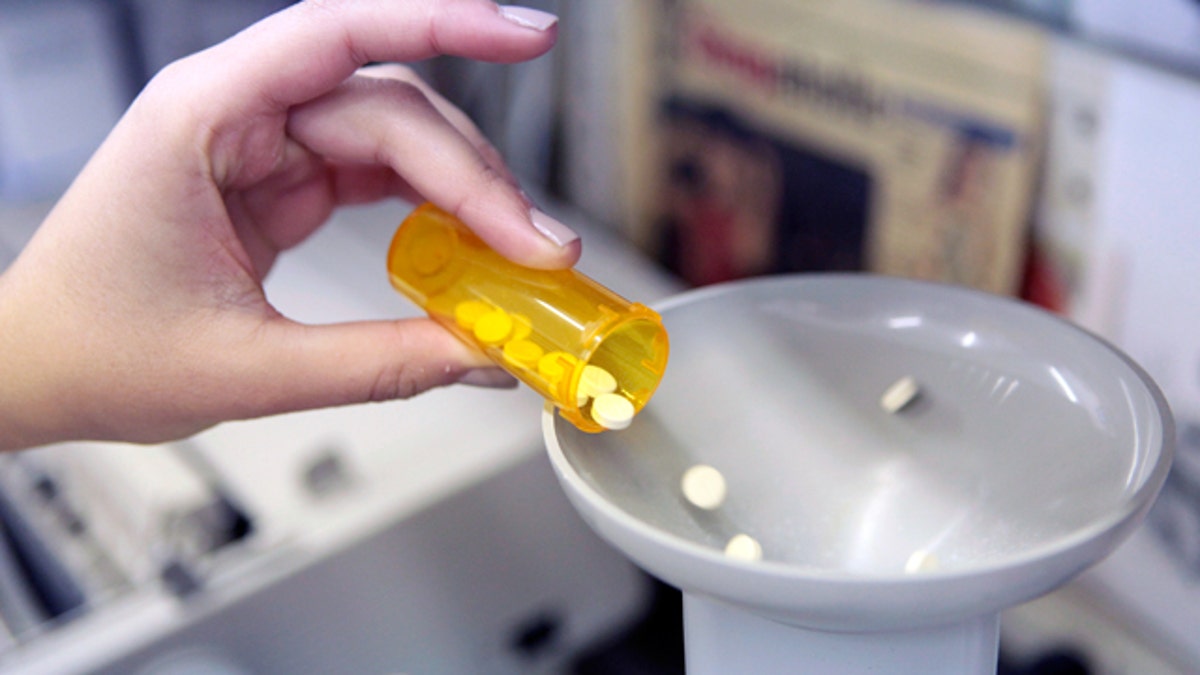
(Reuters)
When kids with attention-deficit hyperactivity disorder (ADHD) are taking methylphenidate, a stimulant drug, they are less likely to end up in the emergency room with a trauma injury, a new study finds.
“Previous studies show that patients with ADHD have a higher tendency of sustaining trauma and other injuries, requiring emergency department (ED) attendance,” said senior author Ian C.K. Wong of the Centre for Safe Medication Practice and Research department of pharmacology and pharmacy in Hong Kong.
“These studies also suggest that impulsivity and poor concentration in some patients with ADHD may contribute to the high incidence of injury,” Wong told Reuters Health by email.
About five percent of U.S. children have ADHD, according to the American Psychiatric Association, although some estimates have been higher. Diagnosis rates have increased by three percent per year between 1997 and 2006, according to the Centers for Disease Control and Prevention.
Past research has shown that kids with ADHD are more likely to end up in motor vehicle crashes or in the emergency room with injuries.
For the new study, the researchers used data on more than 17,000 patients ages six to 19 years old who had received a methylphenidate (Ritalin) prescription between 2001 and 2013 in Hong Kong.
They compared the number of trauma-related emergency department admissions for each child while he or she had the prescription to their number of admissions when they did not have the prescription.
Almost 5,000 of the kids were admitted to the ED at least once over the study period. On average, they were about 9 percent less likely to visit the ED with an injury during medication periods than during times without the medication.
The apparent effect of the medication was stronger for teens over age 16 than for younger kids, the authors write in Pediatrics.
Since stimulant medications like methylphenidate improve concentration and reduce impulsivity, that may reduce the number of traumas in injuries for kids with ADHD, said Suzanne McCarthy, a lecturer in clinical pharmacy at University College Cork in Ireland.
McCarthy was not involved in the new study.
“Children and adolescents with ADHD have problems with brain functioning in the area responsible for executive functioning, meaning decision-making, judgment and the ability to inhibit impulsive actions,” according to Dr. Steven P. Cuffe, professor and chair of psychiatry at the University of Florida College of Medicine in Jacksonville, who also was not part of the new study.
“So a medication that improves this functioning could be expected to reduce impulsivity and thereby decrease trauma related ED visits,” Cuffe said.
In 2011, six percent of U.S. kids aged four to 17 were taking medication for ADHD.
Stimulants are the drug of choice for ADHD, and methylphenidate is one of the two main treatments, the other being amphetamines (Adderall), Cuffe told Reuters Health by email.
“One shouldn’t infer that this tells you anything about potential effectiveness of other treatments for ADHD,” said Dr. G. Caleb Alexander, co-director of the Center for Drug Safety and Effectiveness at Johns Hopkins Bloomberg School of Public Health in Baltimore, Maryland.
“Stimulants are widely used and have been widely overused as well,” Alexander said.
“I don’t think that this study is the final answer either,” he said. “We have hierarchies of evidence for a reason.”
When enough evidence has been collected, systematic reviews help clinicians and policymakers make changes, he said. At this point, these results won’t change prescribing patterns for kids with ADHD, since the primary aim of stimulants isn’t to prevent broken bones, he said.
“There are documented benefits to methylphenidate use such as improvements in the core ADHD symptoms (attention, hyperactivity, impulsivity),” McCarthy told Reuters Health by email. “There are also well documented side effects such as decreased appetite, sleep disturbances.”
Drug treatment of ADHD remains only part of a comprehensive treatment program, which incorporates psychosocial interventions as well, Wong noted.
“Use of these medications should only be initiated after a careful evaluation, an accurate diagnosis, clear impairment in functioning due to the diagnosis, and weighing the risks and benefits,” Cuffe said. “So I would focus on getting it right, not necessarily that more children and adolescents should be treated.”
